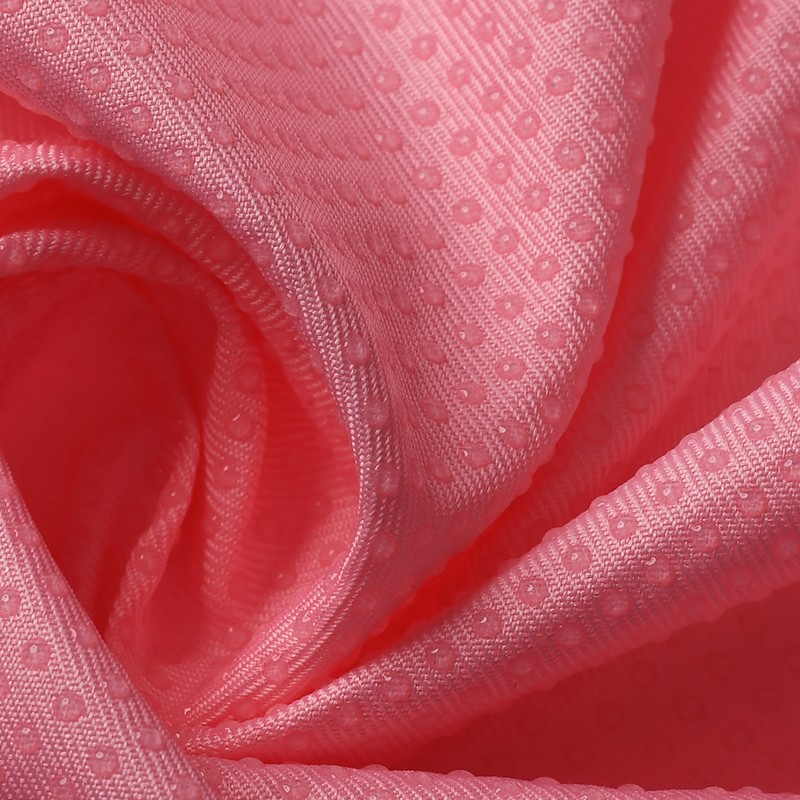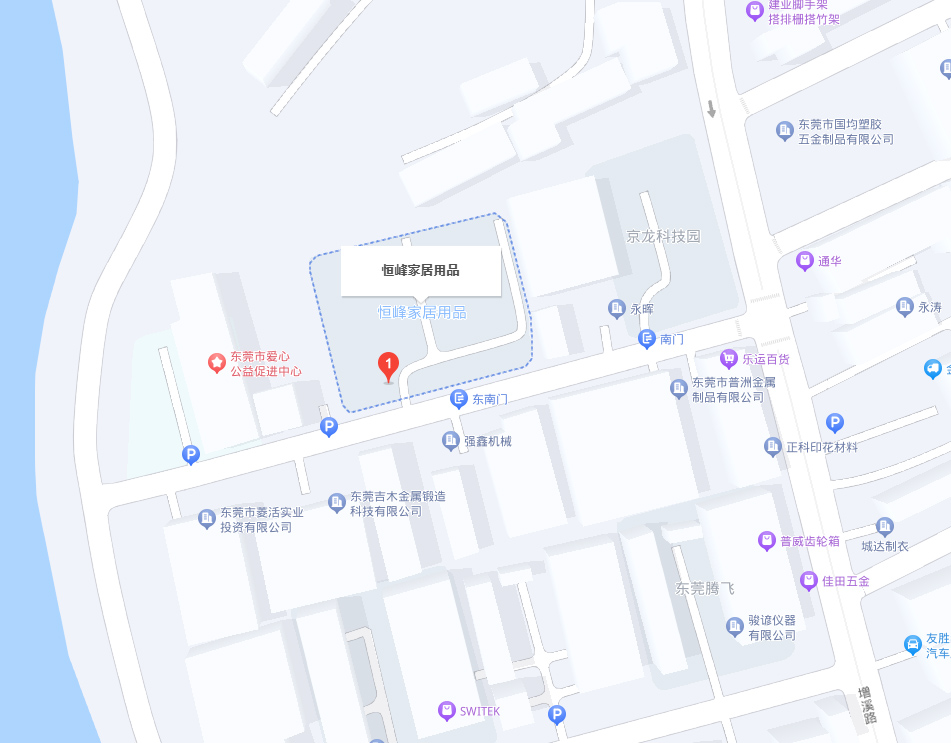The soft and wear-resistant characteristics of drip molded fabric stem from the scientific combination of substrate and drip molding process. The base fabric is mostly made of high-strength polyester fibers, nylon fibers and other materials, which have both toughness and plasticity, providing structural support while maintaining a flexible touch. The drip molding process involves coating the surface of the base fabric with high molecular weight elastomers such as PVC and TPR, and tightly bonding them with the fiber base fabric during the curing process, giving the fabric good wear resistance and slip resistance.

The elastic droplet layer forms three-dimensional particles on the surface, increasing the friction coefficient and effectively resisting wear caused by multiple frictions. The softness of drip molded fabric is also affected by the proportion adjustment of the formula. The proportion of plasticizers in the drip molded material determines the softness of the drip molded layer. If it is too high, it will reduce the wear resistance, and if it is too low, it will make the fabric harder. Drip molded fabric needs to balance softness and wear resistance in its formula design, so that it can adapt to complex bending and resist long-term trampling and friction. In actual production, the softness and wear resistance can be further improved by adjusting the thickness, particle size, and arrangement density of the drip molding to meet the needs of different scenarios.
If you are looking for related products or have any other questions, you can call our company's sales hotline at 0769-86415161 or 138-2923-0758 at any time. You can also leave us a message below and we will serve you enthusiastically!

